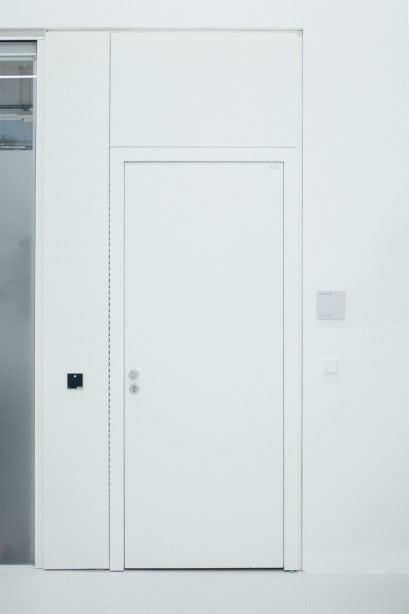An insightful (maybe prophetic?) WSJ article in the digital edition 2/25/18 called “The Future of Hospitals,” by Laura Landro, is a real eye-opener.
It’s encouraging that leaders in various health systems recognize that the hospital model as we know it is fraught with unsustainably high costs, considerable waste in low occupancy rates, and definite dangers. The rise in antibiotic-resistance, according to the CDC means that “any given time one in 25 patients in the U.S. is battling an infection acquired in the hospital – at a cost of $10 billion annually for the five most common infections.”
With patients in the US increasingly focused on prevention and wellness, it makes sense that we should capitalize on technological advancements that improve home healthcare and create more outpatient facilities to minimize risk and maximize recovery.
Some traditional hospitals are being repurposed into specialty facilities. It appears forward-thinkers are connecting the dots between hazardous environmental conditions and disease. Those at the forefront may just be able to arrest the development of a disease by recognizing and reaching out to those individuals most at risk due to proximity to an environmental concern: think asthma and gas-drilling at fracking operations or MRSA in patients who live near high-density livestock production.
Read more about The Future of Hospitals here.

